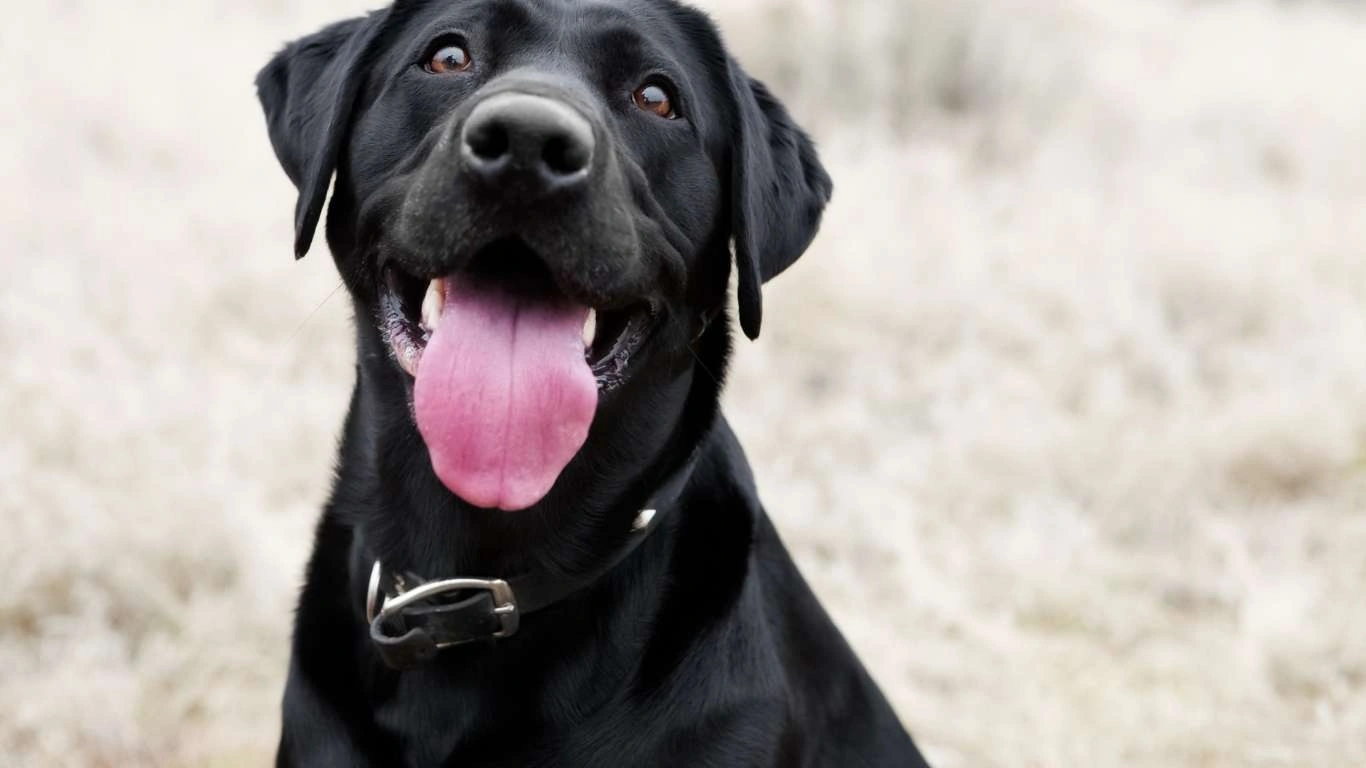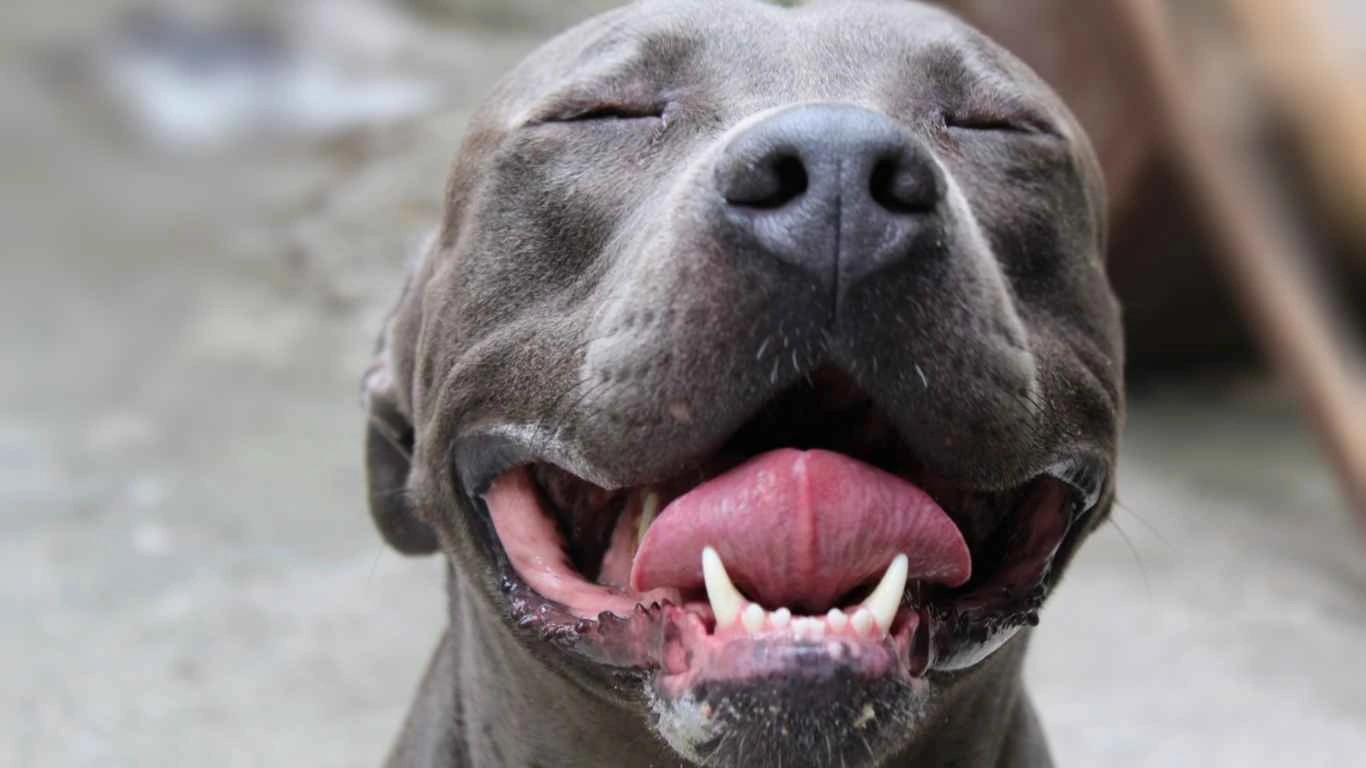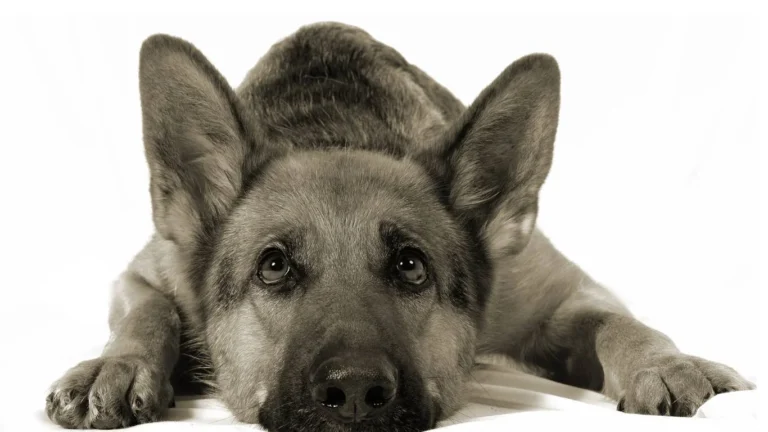Best Way to Prepare Turkey and Rice Dog Meals Your Pup Will Love
If you’ve ever wondered how to prepare turkey and rice dog meals at home, you’re not alone. Back when I was working as an Animal Care Specialist at a local shelter, I saw more than a few pups who seriously benefited from a good ol’ homemade meal. Especially those with tummy issues or recovering from illness — simple, wholesome food like turkey and rice can make a world of difference. It’s not just about filling their bowl, it’s about making something gentle, nourishing, and full of love. So today, I’m spilling all the beans (well, turkey and rice) on how to do it right — no fluff, no weird additives, just real food your dog will actually be excited to eat.
Why Homemade Meals Matter for Your Dog’s Health

In my clinic days, I learned pretty quickly that not every dog thrives on kibble. Some dogs have sensitive digestive systems, others are recovering from surgery or an illness, and some are just… picky eaters. And honestly, who can blame them? If you had to eat the same dry cereal every day, you’d start turning your nose up too.
Turkey and rice became a go-to in our shelter because it’s a bland but nutritious combo that’s easy on the digestive system. It’s also a protein and carbohydrate duo that dogs tend to tolerate really well. We often used it when transitioning dogs to a new diet or calming a flare-up of gastrointestinal upset.
The Benefits of Turkey for Dogs
Turkey is a lean protein that’s rich in essential nutrients like:
- Niacin – for energy metabolism and healthy skin
- Phosphorus – for bone and tooth health
- Vitamin B6 – helps with hormone regulation and brain function
Just be sure to skip the skin and avoid any seasoning. I can’t tell you how many times I’ve had to explain to well-meaning dog parents that garlic and onions (even in small amounts) can be toxic to dogs. Plain, boiled, skinless turkey breast is what you want here. Think: clean and simple.
Why Rice Is the Perfect Partner
White rice is often recommended by vets — and we used it in the shelter all the time — because it’s low in fiber and super digestible. Brown rice is okay too, but it can be a bit harder on sensitive stomachs. When you’re preparing a turkey and rice meal for your dog, you want the food to be as easy on the system as possible. That’s why white rice is usually the MVP in this combo.
Understanding the Right Balance

Now, let’s get one thing straight — dogs need more than just turkey and rice long-term. As a short-term or recovery meal, this mix is golden. But if you’re planning to home cook for your pup on the regular, it’s super important to get the balance right. I remember chatting with one of our shelter vets who explained that dogs need the right mix of protein, carbs, fats, vitamins, and minerals. Too much of one, or too little of another, can throw things off over time.
Here’s a basic breakdown for short-term feeding:
- Boiled lean turkey (60-70%) – chopped or shredded
- Cooked white rice (30-40%) – soft and fluffy, no salt or butter
That ratio works great for short-term meals, like when your dog’s had an upset stomach. But if you want to cook for your dog regularly, I always recommend talking to a vet or a pet nutritionist. They can help you supplement with calcium, essential fatty acids, and other nutrients your dog won’t get from just meat and rice alone.
When to Feed Turkey and Rice to Your Dog

Over the years, I’ve fed this meal to dogs for a bunch of different reasons. It’s not just a “feel-good” thing — it’s a smart, vet-approved approach in many situations. Some good times to lean on turkey and rice include:
- After a bout of vomiting or diarrhea
- Post-surgery when dogs need a bland diet
- Transitioning from kibble to fresh food
- For picky eaters who are skipping meals
Just remember: it’s not a forever meal unless it’s properly balanced. For short-term recovery, though? Absolute game changer.
How to Prepare Turkey and Rice Dog Meals at Home

Alright, so now that you know *why* turkey and rice meals can be so beneficial, let’s get into the nitty-gritty of how to prepare turkey and rice dog meals the right way. I’ve prepped this combo so many times, I could probably do it with my eyes closed — but if you’re new to this, no worries. I’ll walk you through it step by step, just like I used to guide new pet parents back in my clinic days.
What You’ll Need
- 1 pound of ground turkey (or skinless turkey breast, finely chopped)
- 1 cup of uncooked white rice
- 3 cups of water or low-sodium, no-onion chicken broth
- Optional: a few dog-safe veggies like carrots or green beans (chopped small)
Pro tip from the clinic kitchen: We always avoided anything spicy or seasoned — even a sprinkle of salt can upset a dog’s tummy. So, keep it as plain as possible. Trust me, your dog won’t miss the spices.
Step-by-Step Instructions
- Cook the turkey: In a skillet, cook the ground turkey over medium heat until fully browned. No oil, no seasoning. Just break it up with a spoon until it’s crumbly and cooked through.
- Boil the rice: While the turkey’s cooking, bring the water or broth to a boil in a separate pot. Add the rice, cover, and simmer on low for about 15-20 minutes until soft.
- Combine: Mix the cooked turkey and rice together. If you’re adding veggies, toss them in during the last 5 minutes of the rice cooking time so they soften up nicely without getting mushy.
- Cool it down: Let everything cool completely before serving. Dogs are notorious for burning their mouths when they’re excited about food, and that smell is pretty irresistible to them.
You can store the leftovers in an airtight container in the fridge for up to 3 days, or freeze single portions for up to a month. I used to portion them into little containers with my dog’s name on each. Felt kinda like meal-prepping for a furry toddler — but hey, it worked!
How Much to Feed and When

So now you’ve got this fresh, warm, healthy meal sitting in front of you… but how much do you actually feed your pup?
Back when I was in the shelter, we generally based meal portions on a dog’s weight and activity level. A good starting point is about:
- 1/2 to 1 cup per 10 lbs of body weight per day, split into two meals
So, if your dog weighs 30 lbs, aim for about 1.5 to 3 cups total per day. That said, this is a rough guideline. Older dogs or couch potatoes might need a little less, while super active pups could need more fuel. Always watch your dog’s body condition and energy level — they’ll tell you what’s working.
If you’re unsure, I 100% recommend checking in with your vet. I’ve had more than a few “Is this too much?” convos with pet parents who just wanted to get it right. A quick vet consult can clear that up fast and keep your dog at a healthy weight.
How to Safely Transition to Turkey and Rice

One of the biggest mistakes I’ve seen folks make — especially well-meaning new dog owners — is switching their dog’s food too fast. Whether you’re going from kibble to fresh meals, or introducing turkey and rice after an upset stomach, go slow.
Gentle Transition Schedule
- Day 1: 75% old food, 25% turkey and rice
- Day 2: 50/50 mix
- Day 3: 25% old food, 75% turkey and rice
- Day 4: 100% turkey and rice
This slow approach helps avoid more tummy issues (which is the last thing you want). And if your dog starts having loose stools or any discomfort during the transition, just slow it down even more. Every dog is different, and that’s totally okay.
When I was working in the clinic, we even used turkey and rice as a tool to reset the gut. If a dog was reacting poorly to commercial food, we’d put them on this bland diet for a few days, monitor their symptoms, and then slowly reintroduce other ingredients. It worked wonders in most cases, and it’s such a gentle, easy way to help your dog feel better fast.
Common Mistakes to Avoid When Preparing Turkey and Rice Dog Meals

Even though how to prepare turkey and rice dog meals seems pretty straightforward, there are a few common slip-ups I’ve seen pet parents make — and hey, I’ve made some of these myself back in my early days. So let’s break ’em down so you don’t have to learn the hard way.
1. Adding Seasonings or Spices
This one’s probably the most frequent oops I’ve run into. People want their dog’s food to “taste good,” so they add salt, garlic, or even onions. Yikes. Onions and garlic (in any form — powder, raw, cooked) are toxic to dogs. Salt isn’t necessary either. Your dog’s taste buds are wired totally differently from yours — they’re not looking for flavor bombs. Stick to plain and simple, and your pup will be just as excited.
2. Feeding It Too Often Without Supplementing
I totally get the appeal of turkey and rice — it’s easy, dogs love it, and it seems super healthy. But it’s not a complete diet for long-term feeding unless it’s properly supplemented. Back when I worked with long-term shelter residents, we learned to add vet-approved multivitamins or rotate in balanced fresh food plans with guidance. Dogs need calcium, omega-3s, and certain vitamins they won’t get from turkey and rice alone.
3. Skipping the Cooling Step
I made this mistake once with my own dog, Rusty. I served the food a little too warm, and he dove in headfirst. Poor guy scorched his tongue. Always let the food cool down to room temp — especially since rice holds heat longer than you’d think!
Simple Add-Ins to Boost Nutrition Safely

If you’re looking to jazz up the meal or make it more nutritionally rounded, there are some easy, dog-safe add-ins I recommend — all of which we used at the shelter or clinic when dogs were ready for a little more variety.
My Go-To Boosters:
- Plain canned pumpkin (not the spiced pie stuff) – Great for digestion
- Chopped carrots or green beans – Low-cal, full of fiber and vitamins
- Plain scrambled eggs – For a protein boost
- Omega-3 oil (like fish oil) – Helps with coat and joint health
- Crushed eggshell powder or calcium supplement – Vital for bones if you’re cooking regularly
Note: Always introduce new ingredients one at a time, in small amounts, to make sure your dog tolerates them well. I used to jot notes in a little feeding journal — just a simple notebook where I tracked what we fed each day and how the dog responded. It’s surprisingly helpful when you’re trying to troubleshoot allergies or sensitivities.
How to Tell if This Diet Is Working for Your Dog
One thing I always told new dog owners at the clinic: your dog’s poop tells a story. I know, not glamorous — but it’s true. Firm, brown, and easy-to-pick-up stool? That’s usually a sign things are going well.
Here are a few other good signs to look for:
- Shiny coat and healthy skin
- Consistent energy levels
- Normal appetite (not too ravenous, not skipping meals)
- Happy belly — no gas, bloating, or vomiting
If your pup shows any signs of nutrient deficiency (like a dull coat, fatigue, or dry skin), it might be time to either tweak the meal plan or bring in a vet or pet nutritionist. No shame in that — even we needed to adjust meals at the shelter now and then based on how each dog responded.
Is Turkey and Rice Right for Every Dog?
Short answer? Not always. While it’s generally a super safe option, it’s not ideal for dogs with poultry allergies (yes, they exist!) or dogs needing a more complex diet due to medical conditions like diabetes, kidney issues, or pancreatitis.
If your dog has a health condition, I can’t stress this enough: talk to your vet first. Back in the shelter, we had a few dogs who couldn’t tolerate white rice or needed special low-protein diets. One size doesn’t fit all when it comes to canine nutrition.
Disclaimer
This article is intended for educational purposes and based on my hands-on experience as an Animal Care Specialist in a pet clinic and shelter environment. Every dog is unique, and dietary needs can vary widely depending on breed, age, weight, health conditions, and activity level. Please consult your veterinarian before making major changes to your dog’s diet or introducing homemade meals long-term.




